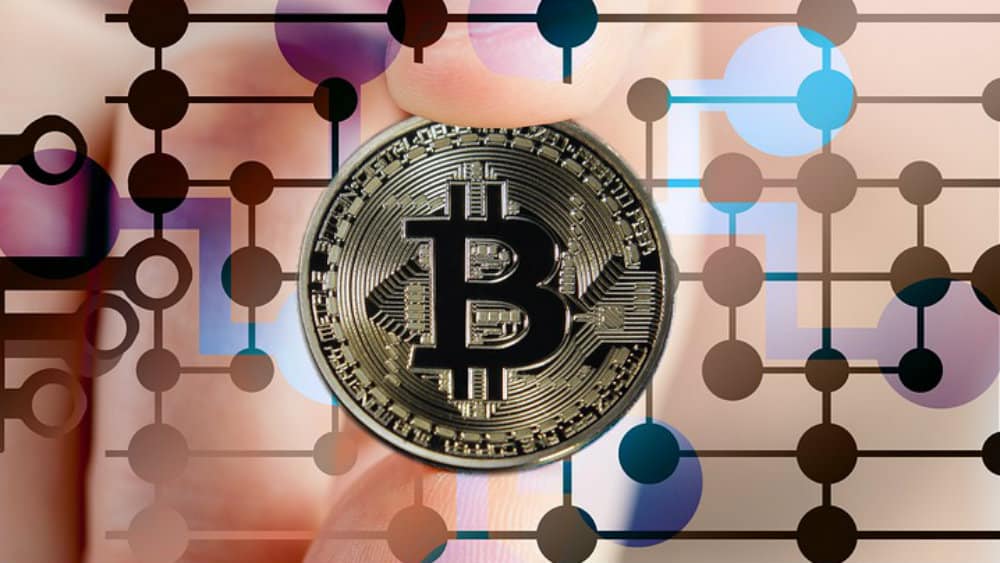To give an ultimate definition of cryptocurrency, it is worth to go through
Origin of money.
The invention of money was a revolutionary milestone made by ancient humans that has helped the development of civilization – quite
Money was gradually developed as a result of various different features of early societies, examples of this are ceremonies and feasts, compensation for doing someone a favor and the exchange of goods. This later allowed for the payment of workers and made it easier to buy and sell goods. Later it also helped connect different parts of the world, by granting traders access to travel across continents to buy and sell goods. The first ancient coin discovered originates from ancient China and was made out of cowrie shells. These coins are classified as primitive coins and have been used from 1600 BC in China to the 20th century AD in Africa. In the same period as these coins were used in China, different commodities were used as payment in societies in the Mediterranean and Near East.

Commodity money
Commodity money is a type of money that has an underlying value on its own, independent on any governing body. This means that the money itself will keep its value and is not just a symbol of financial value such as a dollar bill. In other words, when a commodity serves as a medium of exchange it is referred to as commodity money. The most known commodity monies today are gold and silver. Through time many different commodities have acted as “money”. Cowries, coins, cattle, grains, gold, and silver are examples of such commodities. However, these commodities can be divided into two groups based on how they are “valued”. Commodities such as cowries, coins, and cattle have often been counted, while the commodities grains, gold, and silver have been measured. This impacts the convenience of using such commodities as money negatively, and it suggested that it’s more satisfactorily using a common measure of value such as fiat money.
Fiat money
Fiat money is a type of paper or symbol, which by law individuals can use to buy most things. By itself, the fiat money does not hold any intrinsic value, but when used as a medium of exchange it holds value because the public believes that it will – similar to any cryptocurrency. To simplify fiat money holds value only because governments say they do. Subsequently, it allows people to buy products without trading product for product. Fiat money has storage power, which allows a business to use the same “product” to buy new equipment, hire and pay employees and expand into other regions. The value of fiat money depends on supply and demand, which again is dependent on interest rates in the country the money is belonging to. The interest rate is dependent on how a country’s economy is performing and how the country is governing itself. This means that a country that is experiencing political instability is likely to have inflated commodity prices and a weakened currency. Subsequently, the people will no longer believe in the currency. When the public gains enough confidence in the currency’s ability to act as a storage medium for purchasing power it will function well. The most beneficial feature of fiat money is the stability of its value, unlike some commodity money that is volatile to business cycles and periodic recessions. The financial crises that hit in 2008 have proved that the fiat money system could not keep recessions from happening. An argument against the stability of fiat money is that the supply of fiat money is unlimited, while for example the supply of gold is not, making gold a more stable currency.
Digital money/currencies
Like with the origin of traditional money, digital currencies and money are a result of emerging demand in a developing society. Digital currencies are money that does not have a physical equivalent in the real world and exists only in digital form. The payment method is not tangible and exists only in electronic form. It can however, often be used in the same matter as the traditional money, as it is possible to obtain, transfer and exchange it for other currencies. This can however also be restricted to certain online communities. Digital money allows for borderless and instant transactions, subsequently it has no geographical or political borders as it can be sent to and from anywhere in the world at any given time. Digital currencies can eliminate intermediate process steps and cost related to this, such as banks and/or clearing houses. Traditional money and payment methods cannot bypass these. As of currently digital money has a generally under-developed regulatory framework, such as tax treatments as they are still evolving. Some of the advantages of digital money are that it’s simpler to make payments whenever as the transaction are independent of banking hours. It can as well help organizations reduce exposure risks by using them as transport currencies. Many banks do as of now not accept digital currencies and it can therefore not be earned interest on them by individuals or organizations in the traditional sense. Certain risks are associated with digital currencies such as security, currency volatility and payment beneficiary identification. Due to the uncertainty related to customer identification, there has been limited acceptance of digital currencies in the payment industry.
What are Cryptocurrencies?
Cryptocurrencies can be explained as a variety of digital currencies and is an asset used as a means of exchange. Many cryptocurrencies use their blockchain as a decentralized ledger. The result of this is that no supervisory authorities control the transactions. No information is changed or interrupted during the transaction by third parties, as the cryptography’s objective is to make secure communication by creating and

What is Cryptocurrency? Short definition.
Cryptocurrency is

